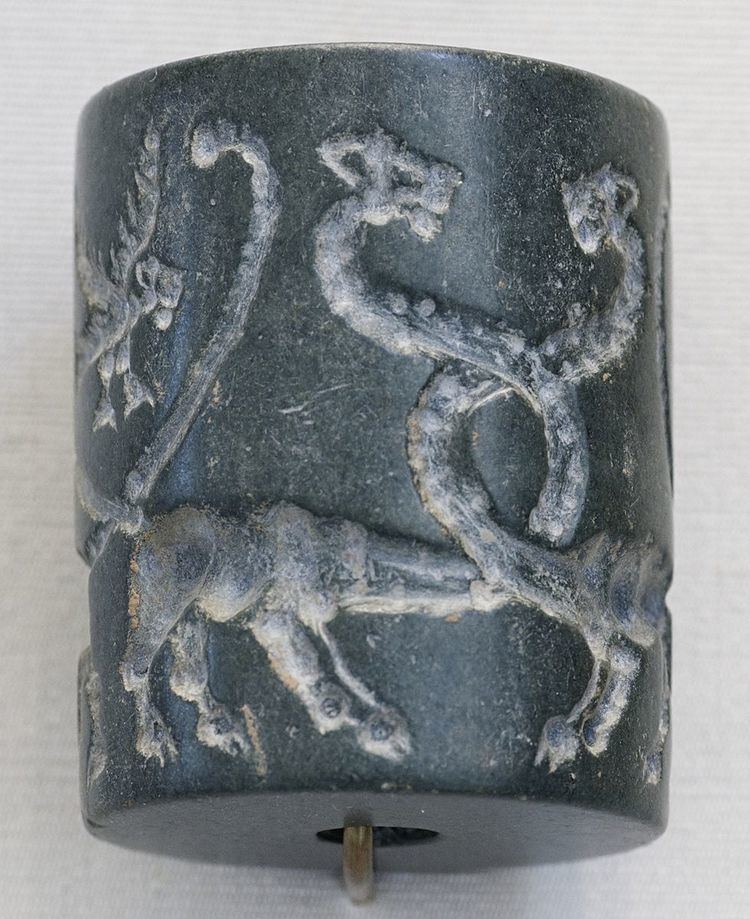Glottolog amor1239 | ISO 639-3 None (mis) | |
 | ||
Native to ancient Mesopotamia, by the Amorites Language family Afro-AsiaticSemiticCentral SemiticNorthwest SemiticAmorite | ||
Amorite is an early Northwest Semitic language, spoken by the Amorite tribes prominent in ancient Near Eastern history. It is known exclusively from non-Akkadian proper names recorded by Akkadian scribes during periods of Amorite rule in Babylonia (the end of the 3rd and the beginning of the 2nd millennium), notably from Mari, and to a lesser extent Alalakh, Tell Harmal, and Khafajah. Occasionally, such names are also found in early Egyptian texts; and one placename "Sənīr" (שְׂנִיר) for Mount Hermon, is known from the Bible (Deuteronomy 3:9). Notable characteristics include the following:
References
Amorite language Wikipedia(Text) CC BY-SA
